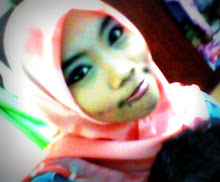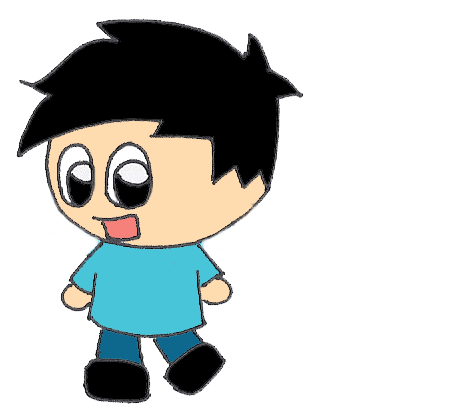A computer is a machine that can be programmed to accept data,process data into useful information and store it for later use.A computer consists to hardware and software.The machine is known as hardware.The programs are called software.A computer system requires different device to perform the functions of input,processing,out and storage.These component are as follows :-
1.0 Component of computer
Input Device
The data that is given to the computer is called input.Input device are used to input data and instructions into the computer.These devices send this data to the processing unit.Most commonly used input device are keyboard and mouse.
Keyboard
Mouse
Processing Device
The processor is used to process data.It is also called central processing unit(CPU).It is the brain of the computer.It consists of electronic circuit.CPU interprets and executes program instructions.All computer must have a central processing unit.
Main memory is used to store the input data before processing.It also stores processed data after processing until the data is sent to the output device.The main memory is closely connected to CPU but it is separate from it.
Output Device
The data processed into useful information is called output.Output device are used to display the result of processing.The most common output devices are monitor and printer.
Monitor
Printer
Storage Device
Storage device refers to the secondary storage.the main memory stores data and programs temporarily.The secondary storage is required to store data,information and programs permanently.The most common storage device are pendrive,floppy disk,hard disk drive and CD-ROM.
Pendrive
Floppy disk
Hard disk drive
CD-ROM



























